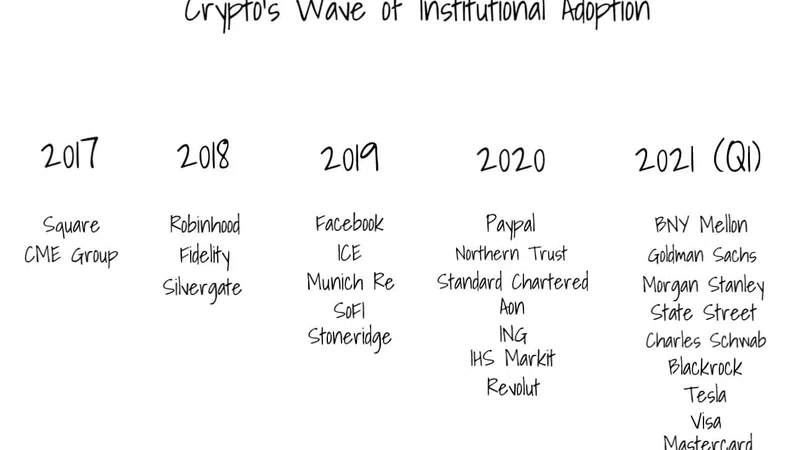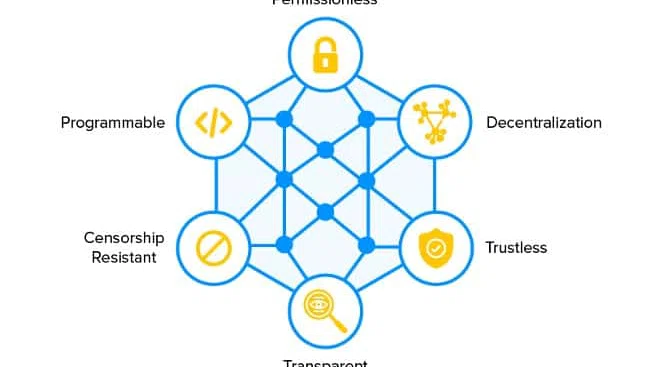Treasury management or more generally Supply Chain Finance management is still a neglected topic at many SMEs.
While large international corporations make the investment into expensive treasury management solutions (often part of their ERP solution) and even setup their own In-House Banks, this is considerably more difficult for the mid-corp segment and even more so for the smaller segment of the SMEs. Often SMEs lack the funding, time and expertise to deploy those platforms and often those platforms lack the flexibility required by an SME.
Nonetheless in this globalized competitive market with fast moving cash, even SMEs are in need of an effective treasury management. Every SME has its own specific challenges, due to its specific payment cycles and cash reserves. Nonetheless most SMEs (estimated to about three-quarters) still do their treasury management via (complex) Excel sheets, requiring a lot of manual effort. This gap forms a big opportunity (in Europe SMEs account for more than half of all gross value added) for incumbent banks and Fintechs to offer easy and user-friendly tooling for this. In recent years, more and more Fintech players try indeed to provide an answer to this gap, often via SaaS platforms, which connect easily to the customer’s banks (via Open Banking APIs) and for which the setup cost is limited.
The gains for an SME in optimizing their treasury processes can be very substantial. A good treasury management can reduce costs in multiple ways:
- Reduce working capital by reducing the time to collect money from customers, by reducing inventory and/or by paying suppliers only at the payment due dates.
- Reduce unpaid invoices by a better follow-up and good debt collection techniques
- Reduce penalties (such as administration costs or late-payment interests) due to late payments and indirectly also improve the relationship with suppliers.
- Reduce effort (resource workload) for financial management, like the follow-up of payments of incoming and outgoing invoices, automated generation of payment instructions for incoming invoices…
- Optimized cash management allowing to keep on your current account only the required cash amount to run your business, thus allowing to invest excess cash, but also to avoid requiring short-term debt when too much cash is invested (and blocked in medium- to long-term assets)
- Reduce foreign currency costs and exposure risks by keeping the right reserves of foreign currencies, applying hedging (like swaps or options) techniques, correctly taking forex rate fluctuations into account in future cash flow predictions…
- Reduce transaction commissions for bank transactions, by selecting the right banking products, but also by using the right banking partner(s) (especially for international foreign currency payments big price differences exist between different banking parties)
- Reduce cost of fraud by improving control, transparency and accountability via a pro-active, automated monitoring of all cash flows, allowing to detect anomalies as soon as possible
- …
This can be achieved in multiple ways:
- Setup and optimize the processes and tooling with the help of specialized services companies (like e.g. the offering of BelPay - http://www.belpay.be/)
- Setup or acquire software solutions (often in the form of SaaS offerings, i.e. Treasury in a Box) for cash & liquidity management, like invoice generation and follow-up (including invoice and payment matching), debt collection, incoming invoice processing (including payment), cash pooling, cash forecasting/capital planning… These software tools allow a more pro-active treasury management and reduce manual effort by automating certain steps in these processes. Examples of such platforms are HighRadius, Gtreasury, CashForce, Kyriba, Nomentia, Monite, Pair Finance, AiVidens… But there are also more specialized tools, offering only a specific service, like debt collection (e.g. Virteo, recovr, Pair Finance, TrueAccord, CollectAI, CollectionHub, inDebted, Attunely…), digitalization (through OCR) of paper invoices (e.g. Tangentia, Contract.fit, Metamaze, Klippa, SimpleOCR…), expense management (e.g. Payhawk, Rydoo, Expensify, Spendesk, Pleo, Circula…), account aggregation and payment initiation (e.g. Isabel 6/Ponto)…
- Capture revenue by allowing customers to pay for products or services in a way that is most efficient for them and for the SME, allowing to increase sales, but also to ensure the best possible payment ratio. This includes solutions like digital onboarding and management of Direct Debits (e.g. via Twikey or DigiTeal), including a Pay button (e.g. via Twikey or POM) in invoices which allows to pay the invoice with a pre-filled credit transfer, card payment or other payment option, integration with PSPs (like Adyen, Mollie, MultiSafePay, Ingenico, Stripe…) for online payments, digital invoicing allowing to combine invoicing and payment (e.g. PEPPOL platform or offering invoices with immediate payment option via UnifiedPost, ZoomIt or Doccle), "Buy Now, Pay Later" solutions (like Klarna or AfterPay) or new solutions like PSD2 Payment Initiation or the upcoming new scheme of SEPA Request to Pay (SRTP).
- Improve integration between accountancy software (and/or accountant) and the cash management solutions and associated bank accounts. Solutions like Silverfin, TOCO, Yuki, OkiOki, Billit, Furoo, Clearfacts, Billtobox, sevDesk, Candis… can provide (a part of) a solution to this.
- Usage of solutions for cash management (e.g. international cashpooling, sweep accounts…) and more general treasury management services offered by banks to their customers. These can be incumbent banks or new Fintechs, which specialize in the niche of serving SME customers. Examples are Tide, Qonto, Azlo, Arival, Fyrst…
- Reducing costs of international payments and forex transactions via new Fintech offers, like XE.com, TransferWise, CurrencyTransfer.com, WorldFirst, iBanFirst, Ebury…, but also via specialized software tools, like Kantox, FiREapps, Money Mover, Acumatica…
- Get cheaper financing via specialized credit institutions and banks (e.g. OakNorth, CapitalBox…), by issuing commercial paper (short-term paper) or long-term debt, via crowdfunding and peer-to-peer lending (e.g. Funding Circle, Auxmoney, LendingCrowd, Iwoca, Look&Fin, Crowdcube…), via Credit Lombard loans or inventory-based loans (e.g. Finventory) or via invoice factoring (e.g. Edebex, Previse, Optimum Finance, GapCap, BlueVine, BillFront, Crowdz…). There are also more and more marketplaces and comparators assisting SMEs to find the best financing option, e.g. Funding Options, BusinessComparison, Crowdz…
- Improve risk management (like currency risk, interest-rate risk, market risk, credit risk, counterparty risk…) via trade finance, like bank guarantees (cfr. Ebury), via better authorization and fraud detection mechanisms (detecting patterns and anomalies) or by better assessing counterparty risk (e.g. DueDil, InsideView, PitchBook…)
- Apply tax optimizations, by optimizing for different tax regimes worldwide and also optimizing for tax deductions (like e.g. generate revenue on entities which have collected losses in the past)
Clearly the Fintech market for SMEs is in full evolution, but still quite immature. As a result dozens of offers exist, making it very difficult for SMEs (which was one of the reasons in the first place they work with Excel) to select the best and right offering(s) for their company. As such there is a big market for consultancy and other services firms, specialized in helping SMEs to improve their treasury management processes.











